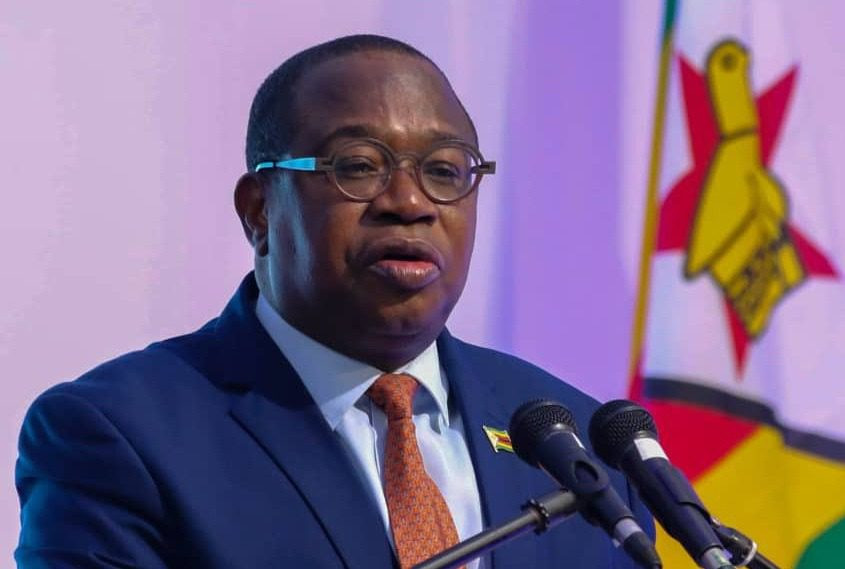
ONE of the greatest empires in Africa was established by migrants to Zimbabwe who settled in the region now known as Masvingo province. Here they established their capital which today is known as Great Zimbabwe and this refers to a complex of stone structures which are the largest such structures south of the Nile Valley pyramids.
We do not know a great deal about them, but the evidence of their presence and activities is everywhere in the form of smaller stone structures, many quite intricate, across the country. What we do know is that they were traders who knew how to produce and work gold which was traded internationally.
In the late 19th century, gold was discovered in South Africa in an area known as the Witwatersrand now Gauteng, better known as Johannesburg. This was a string of farms encompassing a ridge or outcrop with gold seams that today seem unimaginable. In months, a city sprang up as the find drew in speculators and miners from across the globe. It was one of the greatest such discoveries in world history.
Cecil John Rhodes, who was busy making a fortune from diamonds at Kimberly far to the north of Johannesburg, turned down an offer to buy the farms encompassing the ridge. When finally drawn by the immense wealth extracted from the find, he decided to take action, a small portion of what he had been offered, cost him an immense sum of money those days. Shocked by his failure to see the potential, he hired one of the best geologists in the world from the United States to come and look at the situation and give him advice on the way forward.
Rhodes was convinced that the gold deposits on the rand stretched northwards across the Limpopo River to what was to become Southern Rhodesia. As soon as the geologist arrived, he took him on a tour of the main find and then north and together they toured Southern Rhodesia on an ox-drawn cart and horseback. When they got back to Bulawayo — then one street with a few buildings, they sat around a fire late at night where Rhodes asked his consultant what he thought. The man told Rhodes that there was a lot of gold in Southern Rhodesia but it was very dispersed and in small, fractured deposits, nothing like the reef.
His advice changed Rhodes’ world. He drew a map in the sand and said the reef on the Rand dipped to the east and the real wealth was to be found in the open veld where deep mining would encounter the gold seams and be able to extract the gold for processing and sale. Rhodes woke up his secretary, put him on a horse with instructions to ride to Kimberly where the telegraph was located and sent an instruction to his brokers to sell his holdings on the Rand and buy the farms on the open veld to the east. This became the largest producer of gold in world history and established some of the deepest mines ever developed. Out of that decision emerged some of the largest mining companies in the world, even today.
In Rhodesia settlers came for the gold that Rhodes had been trying to locate and found out exactly what the American geologist had stated — small, often quite rich deposits. The Globe and Phoenix Mine at Kwekwe was opened and produced eight grammes of gold per tonne of ore. Small mines were established across the country in what became known as the bluestone districts, but did not match the great wealth that was located in South Africa and which made that country what it is today.
When Zimbabwe became independent in 1980, we were a significant but small gold producer with several hundreds of mines located across the country. Some quite deep and still operating after a century of activity, but most were small, often family businesses because of the nature of the deposits. The central bank held a monopoly on refining and sales.
- Open letter to President Mnangagwa
- Feature: ‘It’s worse right now than under Mugabe’: Sikhala pays the price of opposition in solitary cell
- Masvingo turns down fire tender deal
- Human-wildlife conflict drive African wild dogs to extinction
Keep Reading
Then came two major changes — the price of gold began to move upwards after a long period of stability brought about by the ever-increasing output of South African mines. South African production peaked at about 600 tonnes of gold a year and then began to decline as the resources were exhausted and mines closed down. The second thing that happened was the near collapse of the formal economy of Zimbabwe between 2000 and 2008. Up to five million people left the country to seek a living elsewhere. But at home in Zimbabwe, the young people began to discover what their ancestors in the Munhumutapa Kingdom discovered, you can dig gold-bearing rock out of shallow mines, get this milled and then sell it.
In a very short space of time, up to half a million people started small-scale mines in gold districts. Many mines were established and even commercial millers started to process the output of the small-scale miners at their plants. They often purchased raw gold and either traded the product or delivered it to the national refineries in Harare.










